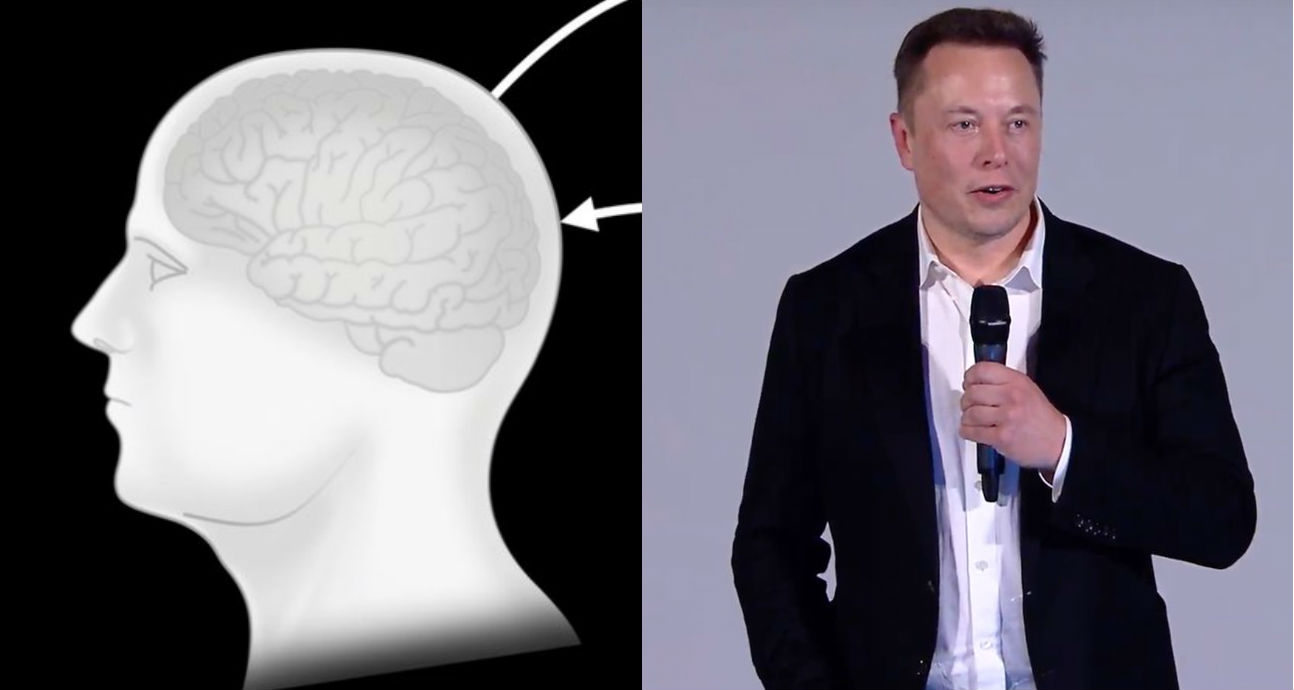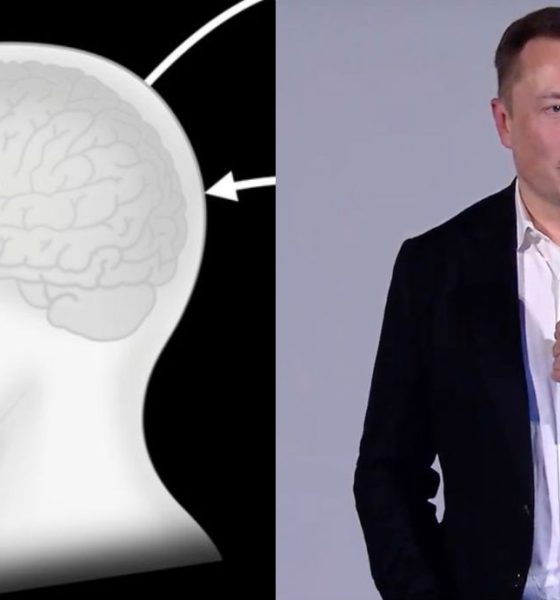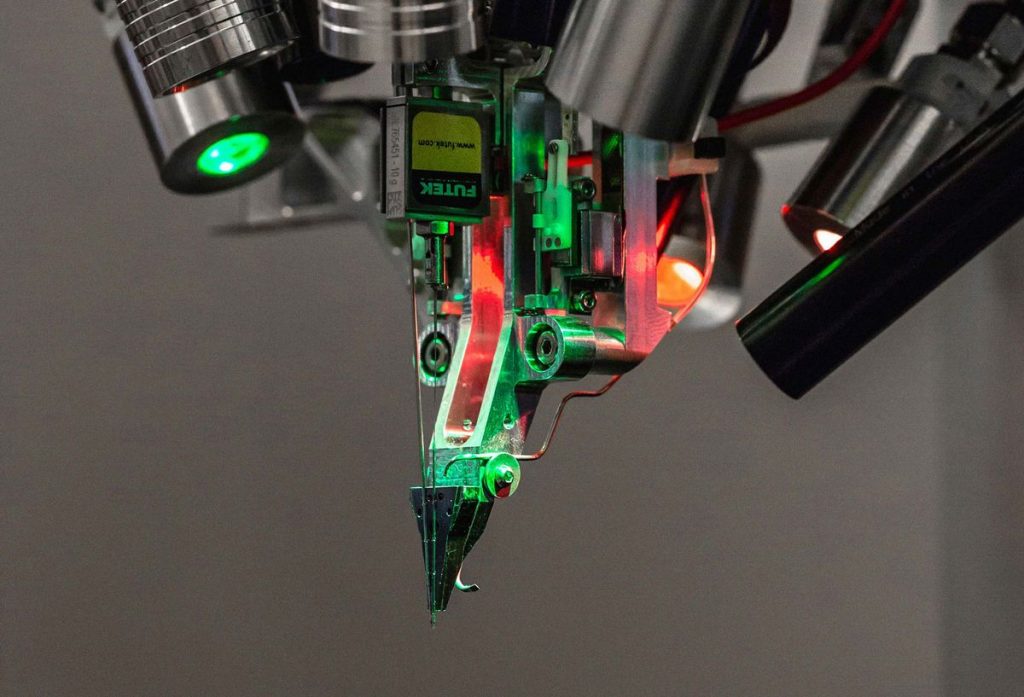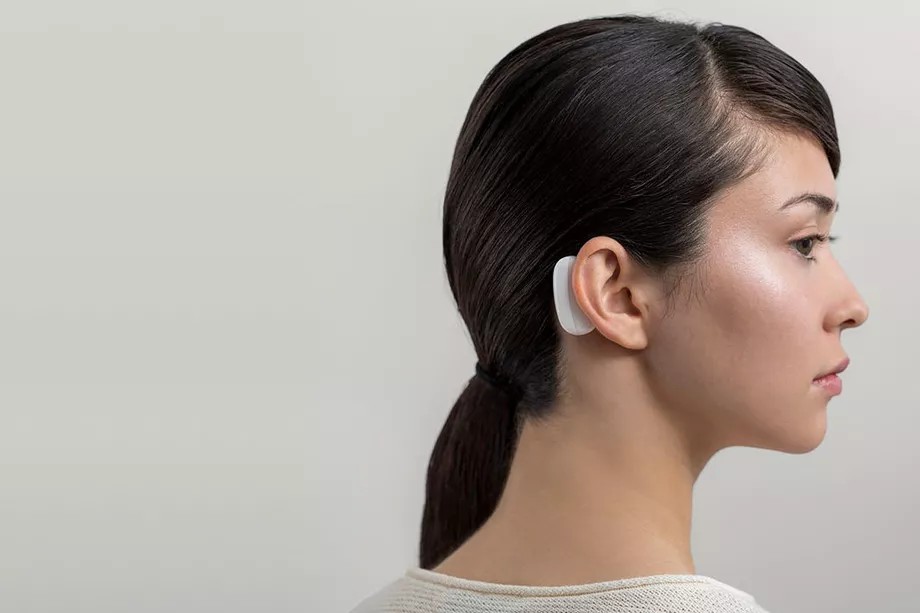

News
Elon Musk’s Neuralink targets human trials for brain-machine interface in 2020
After operating in stealth mode for the past two years, Neuralink, the brain-machine interface startup co-founded by SpaceX and Tesla CEO Elon Musk, has revealed some of the innovations that it has been developing. The company also announced that it is aiming to start implanting devices in humans by 2020, starting with paralyzed individuals who could then control phones or computers through their brain-machine implants.
Neuralink focused on two innovations on Tuesday’s presentation. The first involved flexible “threads” that are incredibly thin, measuring between 4 and 6 μm or about 1/3 the diameter of human hair. These threads are capable of transferring high volumes of data, with a white paper published by the company hinting at “as many as 3,072 electrodes per array distributed across 96 threads.” With the threads being incredibly thin, they would not damage the brain.
Another key technology revealed by Neuralink on its recent presentation was a custom made robot designed to embed implants into the brain. Thanks to computer vision and lenses, the robot will be able to place implants on patients without hitting or damaging blood vessels, reducing damage to the brain and scar tissue. Neuralink researcher Philip Sabes noted that “because these things are so thin and flexible, the idea is that they move with the tissue instead of tearing the tissue.”

Neuralink has performed at least 19 surgeries on animals with its robots, and so far, the machines have successfully placed the threads about 87% of the time. One of these subjects, a rather hefty rat that was shown off to the press, was fitted with a wired prototype of the company’s brain-machine interface. During the press demo, Sabes mentioned that the amount of data gathered from the rodent was about ten times greater than what is possible with today’s sensors.
In his presentation, Elon Musk stated that the evolution of Neuralink’s tech would be gradual, though he did mention that the company’s goal is a form of “symbiosis” with technology. “It’s not going to be suddenly Neuralink will have this neural lace and start taking over people’s brains. This is going to sound pretty weird, but ultimately, we will achieve symbiosis with artificial intelligence. This is not a mandatory thing. It is a thing you can choose to have if you want. This is something that I think will be really important on a civilization-level scale,” he remarked.
While the technologies shared by Neuralink on Tuesday seemed borderline science fiction, Neuralink president Max Hodak noted that similar innovations have actually been introduced and implemented in the past. “Neuralink didn’t come out of nowhere; there’s a long history of academic research here. We’re, in the greatest sense, building on the shoulders of giants,” he said. Nevertheless, Neuralink’s goal of directly reading neural spikes in a minimally-intrusive way remains notably ambitious.

The potential for such technologies is enormous. Implants such as BrainGate, which was developed initially at Brown University, were used in cases such as those of Matthew Nagle, who suffered from a spinal cord injury. Back in 2006, Nagle was able to learn how to use a computer using brain implants, at one point even playing Pong with his mind. In its presentation, Neuralink noted that its brain implants could be used for several individuals afflicted by Parkinson’s Disease, Dystonia, Epilepsy, OCD, Depression, Chronic Pain, and Tinnitus, among many.
Yet, despite its impressive innovations and its lofty goals, it should be noted that Neuralink is still a long way from achieving its targets. Dr. Matthew MacDougall, head surgeon at Neuralink, mentioned this while discussing how Neuralink implants could be as seamless as Lasik in the future. “There is a whole FDA process we have to go though. We haven’t done that yet,” he said.
So why the presentation? As noted by Elon Musk, Tuesday’s event is, at its core, an invitation for interested individuals who would like to work on the innovations that Neuralink is pursuing. With this open invitation, it would not be surprising if the company attracts an impressive number of talent in the near future. But now it’s time for you to vote. Will you be open to getting a brain-machine interface implant from Neuralink in the future?

Cybertruck
Tesla updates Cybertruck owners about key Powershare feature

Tesla is updating Cybertruck owners on its timeline of a massive feature that has yet to ship: Powershare with Powerwall.
Powershare is a bidirectional charging feature exclusive to Cybertruck, which allows the vehicle’s battery to act as a portable power source for homes, appliances, tools, other EVs, and more. It was announced in late 2023 as part of Tesla’s push into vehicle-to-everything energy sharing, and acting as a giant portable charger is the main advantage, as it can provide backup power during outages.
Cybertruck’s Powershare system supports both vehicle-to-load (V2L) and vehicle-to-home (V2H), making it flexible and well-rounded for a variety of applications.
However, even though the feature was promised with Cybertruck, it has yet to be shipped to vehicles. Tesla communicated with owners through email recently regarding Powershare with Powerwall, which essentially has the pickup act as an extended battery.
Powerwall discharge would be prioritized before tapping into the truck’s larger pack.
However, Tesla is still working on getting the feature out to owners, an email said:
“We’re writing to let you know that the Powershare with Powerwall feature is still in development and is now scheduled for release in mid-2026.
This new release date gives us additional time to design and test this feature, ensuring its ability to communicate and optimize energy sharing between your vehicle and many configurations and generations of Powerwall. We are also using this time to develop additional Powershare features that will help us continue to accelerate the world’s transition to sustainable energy.”
Owners have expressed some real disappointment in Tesla’s continuous delays in releasing the feature, as it was expected to be released by late 2024, but now has been pushed back several times to mid-2026, according to the email.
Foundation Series Cybertruck buyers paid extra, expecting the feature to be rolled out with their vehicle upon pickup.
Cybertruck’s Lead Engineer, Wes Morrill, even commented on the holdup:
As a Cybertruck owner who also has Powerwall, I empathize with the disappointed comments.
To their credit, the team has delivered powershare functionality to Cybertruck customers who otherwise have no backup with development of the powershare gateway. As well as those with solar…
— Wes (@wmorrill3) December 12, 2025
He said that “it turned out to be much harder than anticipated to make powershare work seamlessly with existing Powerwalls through existing wall connectors. Two grid-forming devices need to negotiate who will form and who will follow, depending on the state of charge of each, and they need to do this without a network and through multiple generations of hardware, and test and validate this process through rigorous certifications to ensure grid safety.”
It’s nice to see the transparency, but it is justified for some Cybertruck owners to feel like they’ve been bait-and-switched.
News
Tesla’s northernmost Supercharger in North America opens

Tesla has opened its northernmost Supercharger in Fairbanks, Alaska, with eight V4 stalls located in one of the most frigid cities in the U.S.
Located just 196 miles from the Arctic Circle, Fairbanks’s average temperature for the week was around -12 degrees Fahrenheit. However, there are plenty of Tesla owners in Alaska who have been waiting for more charging options out in public.
There are only 36 total Supercharger stalls in Alaska, despite being the largest state in the U.S.
Eight Superchargers were added to Fairbanks, which will eventually be a 48-stall station. Tesla announced its activation today:
North America’s northernmost Supercharger Fairbanks, AK (8 stalls) opened to public. https://t.co/M4l04DZ6B5 pic.twitter.com/zyL6bDuA93
— Tesla Charging (@TeslaCharging) December 12, 2025
The base price per kWh is $0.43 at the Fairbanks Supercharger. Thanks to its V4 capabilities, it can charge at speeds up to 325 kW.
Despite being the northernmost Supercharger in North America, it is not even in the Top 5 northernmost Superchargers globally, because Alaska is south of Norway. The northernmost Supercharger is in Honningsvåg, Norway. All of the Top 5 are in the Scandanavian country.
Tesla’s Supercharger expansion in 2025 has been impressive, and although it experienced some early-quarter slowdowns due to V3-to-V4 hardware transitions, it has been the company’s strongest year for deployments.
🚨🚨 Tesla Supercharging had a HUGE year, and they deserve to be recognized.
🍔 Opened Tesla Diner, a drive-in movie theater with awesome, Chef-curated cuisine
🔌 Gave access to Superchargers to several EV makers, including Hyundai, Genesis, Mercedes-Benz, Kia, Lucid, Toyota,… pic.twitter.com/yYT2QEbqoW
— TESLARATI (@Teslarati) December 10, 2025
Through the three quarters of 2025, the company has added 7,753 stations and 73,817 stalls across the world, a 16 percent increase in stations and an 18 percent increase in stalls compared to last year.
Tesla is on track to add over 12,000 stalls for the full year, achieving an average of one new stall every hour, an impressive statistic.
Recently, the company wrapped up construction at its Supercharger Oasis in Lost Hills, California, a 168-stall Supercharger that Tesla Solar Panels completely power. It is the largest Supercharger in the world.
News
Tesla shocks with latest Robotaxi testing move
Why Tesla has chosen to use a couple of Model S units must have a reason; the company is calculated in its engineering and data collection efforts, so this is definitely more than “we just felt like giving our drivers a change of scenery.”

Tesla Model S vehicles were spotted performing validation testing with LiDAR rigs in California today, a pretty big switch-up compared to what we are used to seeing on the roads.
Tesla utilizes the Model Y crossover for its Robotaxi fleet. It is adequately sized, the most popular vehicle in its lineup, and is suitable for a wide variety of applications. It provides enough luxury for a single rider, but enough room for several passengers, if needed.
However, the testing has seemingly expanded to one of Tesla’s premium flagship offerings, as the Model S was spotted with the validation equipment that is seen entirely with Model Y vehicles. We have written several articles on Robotaxi testing mules being spotted across the United States, but this is a first:
🚨 Tesla is using Model S vehicles fitted with LiDAR rigs to validate FSD and Robotaxi, differing from the Model Ys that it uses typically
Those Model Y vehicles have been on the East Coast for some time. These Model S cars were spotted in California https://t.co/CN9Bw5Wma8 pic.twitter.com/UE55hx5mdd
— TESLARATI (@Teslarati) December 11, 2025
Why Tesla has chosen to use a couple of Model S units must have a reason; the company is calculated in its engineering and data collection efforts, so this is definitely more than “we just felt like giving our drivers a change of scenery.”
It seems to hint that Tesla could add a premium, more luxury offering to its Robotaxi platform eventually. Think about it: Uber has Uber Black, Lyft has Lyft Black. These vehicles and services are associated with a more premium cost as they combine luxury models with more catered transportation options.
Tesla could be testing the waters here, and it could be thinking of adding the Model S to its fleet of ride-hailing vehicles.
Reluctant to remove the Model S from its production plans completely despite its low volume contributions to the overall mission of transitioning the world to sustainable energy, the flagship sedan has always meant something. CEO Elon Musk referred to it, along with its sibling Model X, as continuing on production lines due to “sentimental reasons.”
However, its purpose might have been expanded to justify keeping it around, and why not? It is a cozy, premium offering, and it would be great for those who want a little more luxury and are willing to pay a few extra dollars.
Of course, none of this is even close to confirmed. However, it is reasonable to speculate that the Model S could be a potential addition to the Robotaxi fleet. It’s capable of all the same things the Model Y is, but with more luxuriousness, and it could be the perfect addition to the futuristic fleet.








